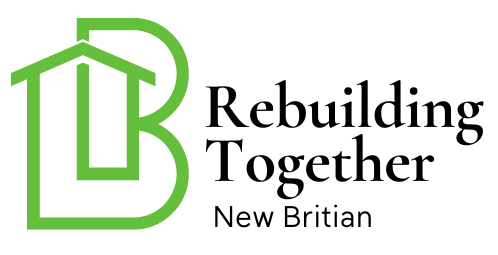Understanding what is masonry installation and its tremendous impact on construction can add value to your home’s durability and aesthetic appeal. It’s a key method used in modern and traditional construction, and if you’re a homeowner, you’ll be delighted to know more about this versatile technique. This article provides a deep dive into masonry installation and why homeowners are increasingly opting for this solution.

Introduction to Masonry Installation
At its core, masonry installation involves building structures by laying individual units, typically stones, bricks, or concrete blocks, bonded together with mortar. This process is integral to the construction world, renowned for its durability, strength, and timeless aesthetic features. In fact, the art of masonry dates back thousands of years, proving its enduring utility and beauty.
Types of Masonry Installation
1. Brick Masonry
Bricks have been a classic choice in masonry installation, combining high versatility with a timeless look. Often used for walls, fireplaces, and exterior façades, brick masonry is both functional and visually appealing.
2. Stone Masonry
Stone masonry uses natural or engineered stones and is prized for its impressive durability and aesthetic features. From granite to limestone and sandstone, stone masonry offers various choices for homeowners looking to add a rustic or luxurious touch to their space.
3. Concrete Masonry
Concrete blocks are the backbone of modern construction. They are economical, durable, and significantly high in strength, making them an excellent choice for walls, foundations, and other crucial structural elements.
4. Veneer Masonry
Veneer masonry uses a single layer of bricks or stones attached to a structure made from other materials, such as wood or concrete. This type of masonry is employed when aesthetic appeal is desired without the bulk of traditional masonry.
Benefits of Masonry Installation
Masonry installation offers numerous advantages that make it a preferred choice among homeowners. These include long-lasting durability, excellent insulation, low maintenance requirements, and enhanced property value. Here’s why it’s a terrific technology option for your home:
- Durability: Masonry structures can withstand harsh weather conditions, ensuring your home remains secure.
- Insulation: Materials like brick and concrete provide excellent thermal and sound insulation.
- Longevity: Compared to other construction methods, masonry lasts for decades, if not centuries.
- Aesthetic Versatility: With hundreds of styles, colors, and materials to choose from, masonry delivers unmatched beauty and customization.
The Masonry Installation Process
Step 1: Planning
The first step in masonry installation involves thorough planning and design. This includes selecting the right materials, dimensions, and styles.
Step 2: Preparation
Before the installation begins, surfaces are cleaned, leveled, and prepared. This is a crucial step to ensure the stability and alignment of the masonry.
Step 3: Laying the Base
A strong foundation or base is laid to serve as a stable platform for the structure. This step is critical to prevent structural issues later on.
Step 4: Installing Masonry Units
Masonry units like bricks or stones are methodically laid with mortar, achieving the desired structural integrity and aesthetic look.
Step 5: Curing and Final Finishing
The final step involves curing the structure and applying any finishing touches, such as sealing or coating for added durability and style.
Common Issues and How to Address Them
Even the most expertly installed masonry can face issues over time. Common problems include cracks, efflorescence (white powdery residue), and mortar deterioration. Addressing these requires regular inspection and timely repairs. For detailed instructions on crack repair, refer to this fix cracks in masonry walls
Why Homeowners Are Opting for Masonry Installation
Today’s homeowners are increasingly using masonry installation because it combines strength, durability, and stunning design features. Moreover, it aligns perfectly with modern sustainability practices, as bricks and stones are eco-friendly and recyclable materials.
How to Choose a Masonry Contractor
To ensure you get the best results, hire a qualified masonry contractor. Research reviews, ask for samples of their work, and confirm their expertise in the specific type of masonry you require. For more details, visit this masonry contractor guide.
Maintenance Tips for Masonry Structures
To keep your masonry installations in terrific condition:
- Inspect and clean surfaces regularly to prevent dirt buildup.
- Seal cracks promptly to avoid deeper structural issues.
- Repoint mortar when necessary to maintain stability.

Frequently Asked Questions
1. What makes masonry installation so durable?
The combined strength of materials like brick, stone, and concrete, along with the use of bonding materials like mortar, results in masonry’s unmatched durability and longevity.
2. Is masonry installation expensive?
While the upfront cost may be higher than other construction methods, the long-term savings in maintenance and energy efficiency make it a cost-effective choice.
3. Can I perform masonry installation myself?
While small masonry projects can be DIYed, larger projects require professional expertise to ensure structural integrity and safety.
This article contains affiliate links. We may earn a commission at no extra cost to you.

